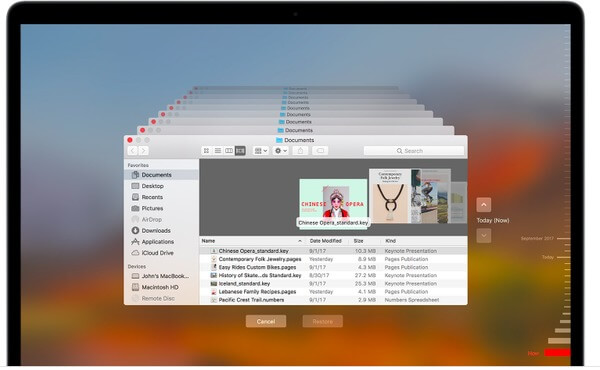
The process for an Intel Mac was to press Command (⌘) + R for recovery. REMEMBER, ONLY DO THIS IF YOU HAVE BACKED UP YOUR HARD DRIVE FIRST 1. Startup Disk – Set the startup disk for the MacĪs you can see, Recovery Mode on an M1 Mac gives you the many of the same options as an Intel Mac.Share Disk – Share the disk of a Mac that has booted into Recovery Mode.Terminal – Carry out various tasks from the command line.Startup Security Utility – Set the security procedures for your Mac.Disk Utility – Lets you perform various tasks with your hard drive, such as repairing or erasing.

Safari – Browse the web if you need information from the Apple Support website.Restore from Time Machine – Restore your data from a Time Machine backup.Recovery – Gives you access to more apps in macOS Recovery.Once you’re in Recovery Mode on your M1 Mac you’ll be able to perform a variety of tasks. If asked, enter the password for an administrator account.Click on the gear with Options underneath. After a few seconds you’ll see two icons: A hard disk and a gear.You’ll eventually see a message that says Loading startup options.


You’ll have to be connected to the internet to access Recovery Mode.

Here’s how to use Terminal to copy files from a Mac that won’t boot: All you’ll need is a correctly formatted external disk connected to your Mac. If you’re comfortable with Terminal, you can use commands in macOS Recovery mode to copy files across to an external hard drive.


 0 kommentar(er)
0 kommentar(er)
